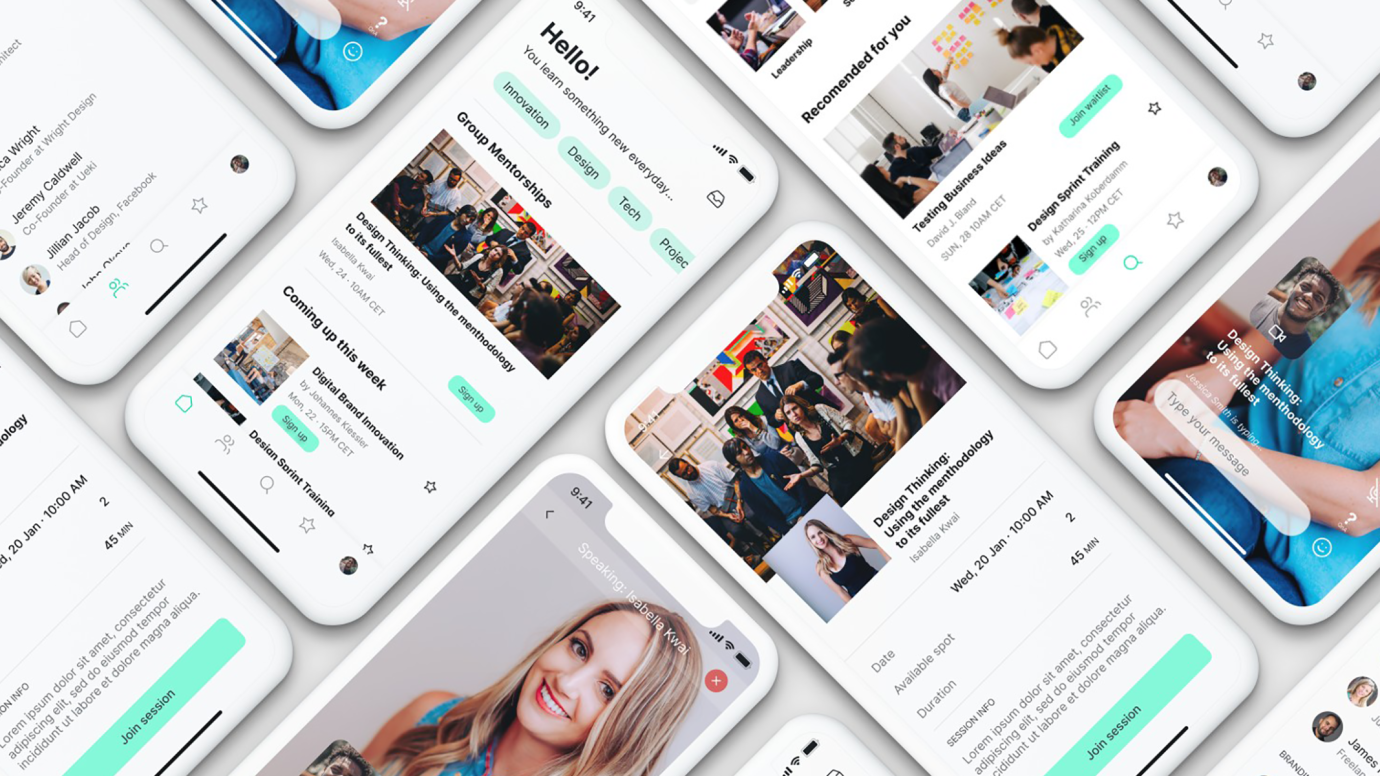Art Bounty
Discover the vibrant world of art and creativity.
Designing Delight: Crafting Experiences that Keep Users Coming Back
Unlock the secrets to user loyalty! Discover how to design delightful experiences that keep visitors returning to your site.
The Psychology Behind User Engagement: What Keeps Them Coming Back?
The psychology behind user engagement is a complex interplay of human emotions, motivations, and the design elements that keep visitors returning to a website. Understanding these psychological triggers is essential for optimizing user engagement. Factors such as a well-structured layout, appealing visuals, and intuitive navigation play a significant role in creating a satisfying user experience. Furthermore, incorporating interactive elements, such as quizzes or polls, can enhance emotional connections, making users feel valued and increasing the likelihood of their return.
Another crucial aspect of user engagement is content relevance and personalization. Users are more inclined to come back if they feel the content resonates with their interests and needs. Personalization techniques, such as recommending articles based on past behavior or allowing users to customize their experience, can significantly elevate user loyalty. Additionally, fostering a sense of community through comment sections or forums encourages users to return, as they become a part of a larger conversation, thereby satisfying their social needs.

10 Essential Principles of Delightful User Experience Design
Creating a delightful user experience (UX) design is essential for engaging users and ensuring their satisfaction. The 10 essential principles of delightful user experience design begin with understanding your audience. Designers must empathize with users to create interfaces that cater to their needs and preferences. Additionally, simplicity is key; a streamlined design minimizes confusion, allowing users to navigate seamlessly. Consistency across various elements solidifies user familiarity, promoting a feeling of trust and comfort. Prioritizing accessibility ensures that all users, regardless of their abilities, can fully interact with the design.
The design should also incorporate visual hierarchy, guiding users’ attention to the most critical elements first. Effective use of white space enhances readability and prevents overwhelming users with information. Feedback mechanisms, such as notifications or animations, indicate to users that their actions are being recognized, reinforcing a sense of control. Furthermore, designing for errors by providing helpful messages or suggestions boosts confidence in users. Lastly, continual iteration and user testing, based on real-world feedback, ensure the design evolves, keeping the user experience delightful and engaging over time.
How to Craft Memorable Interactions: Strategies for User Retention
Creating memorable interactions is essential for improving user retention in today’s competitive digital landscape. One effective strategy is to personalize experiences by leveraging user data. By understanding your audience’s preferences and behaviors, you can tailor content and communication that resonate with them. Additionally, implementing interactive elements such as quizzes, polls, and gamification can significantly enhance user engagement. These features not only capture attention but also encourage users to return for more.
Another technique to ensure lasting connections involves fostering community among users. Encourage discussions through forums or social media groups where users can share insights and experiences. This sense of belonging makes them more likely to return to your platform. It’s also crucial to gather feedback regularly and make adjustments accordingly. When users feel that their opinions matter, it strengthens their loyalty and contributes to a more memorable experience. To sum it up, by focusing on personalization and community-building, you can significantly boost user retention.